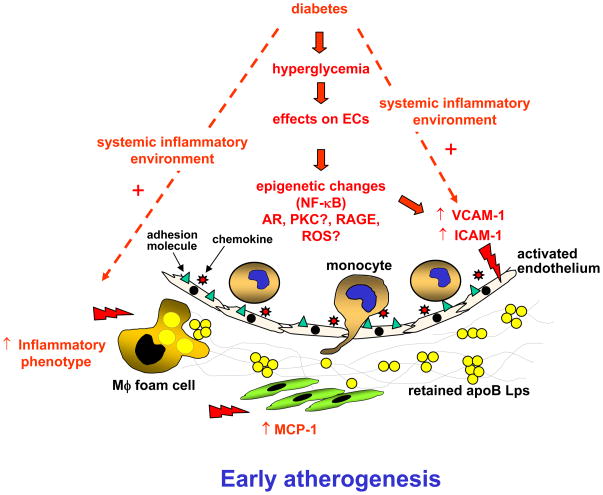Figure 3. Possible mechanisms through which hyperglycemia in ECs, VSMCs, and macrophages promotes atherogenesis.
Hyperglycemia may accelerate formation of early/mid stage lesions of atherosclerosis by promoting adhesion molecule expression in ECs through epigenetic changes, increased flux through the AR pathway, and maybe through activation of PKC, RAGE, and increased reactive oxygen species (ROS) levels. Increased adhesion molecule expression leads to increased monocyte/macrophage accumulation and atherogenesis. In VSMCs, a principal effect of increased glucose uptake appears to be increased secretion of the chemokine MCP-1, which could act in concert with the EC changes to bring more monocytes into the growing lesion. Hyperglycemia also promotes an inflammatory phenotype in macrophages, which most likely further contributes to early atherogenesis. The effects of hyperglycemia on both ECs and macrophages are most pronounced in the presence of an inflammatory environment.

